Market Share
Dichroic Glass Market Share Analysis
The Dichroic Glass Market utilizes different market share positioning strategies in order to be ahead of the rest in the sector. For example, differentiation is an approach that most firms have taken on. The companies attract clients looking for customized and unique glass products by providing distinctive visual effects and color variations. With this strategy, it becomes easier for these businesses to command premium prices as well as create niche markets.
Furthermore, cost leadership is a major strategy within the Dichroic Glass Market. Some firms focus on cost efficiency during manufacturing processes hence they are able to offer competitive prices to their customers. This method works best especially with segments that are sensitive to price fluctuations. When a firm streamlines its production process and supply chain management, it achieves economies of scale thus reducing the overall production costs while pushing its market share higher.
Another strategy used in positioning Dichroic Glass is segmentation targeting through market segmentation. They do this by identifying specific customer segments with unique needs or preferences so that they can fine-tune their products and marketing strategies accordingly. Targeting architectural and interior design markets with larger glass sheets and vibrant colors may differ from catering to the jewelry or artistic markets with smaller, intricately designed pieces.
The dichroic glass market dynamics are affected by a combination of factors that influence the supply, demand and overall market trends. Its mesmerizing characteristic that enables it to change colors has made dichroic glass gain popularity in various applications including jewelry, art and architectural design. Market growth is also driven by the growing need for aesthetic and unique products in these sectors. The vibrant nature of dichroic glass with reflection ability continues to drive its market presence.
In shaping the dynamic nature of this market technology advancement as well plays crucial role. It is now possible to manufacture high-quality dichroic glass using improved production methods resulting in enhanced durability and colour uniformity. This has not only increased applications but also led to a more stable supply chain thereby reducing production costs making Dichroic Glass accessible to a larger consumer base.

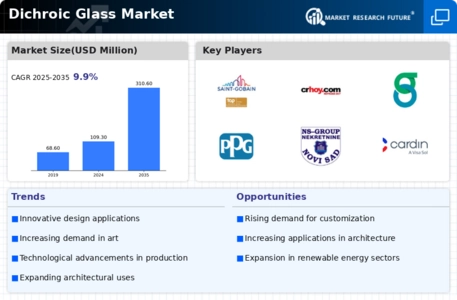
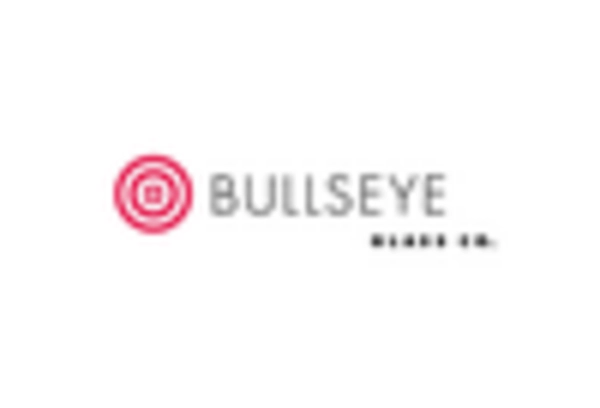
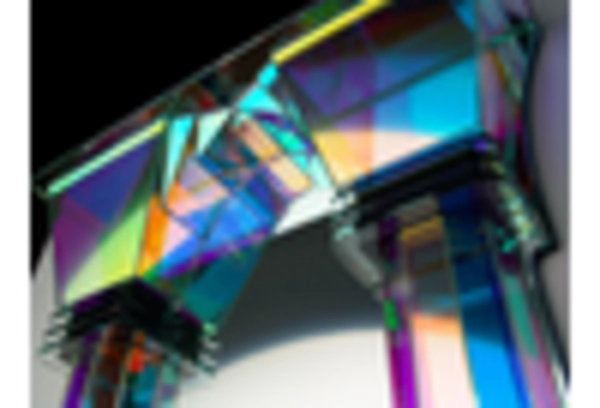
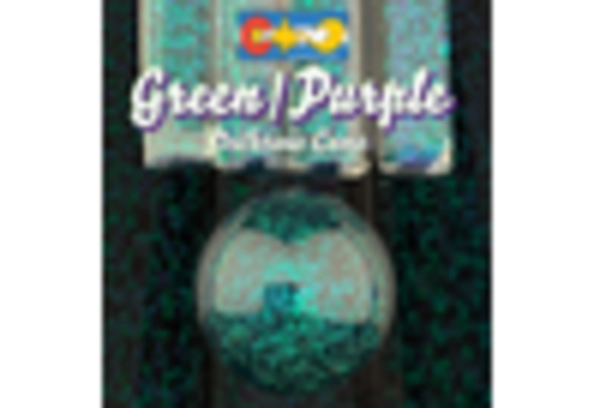
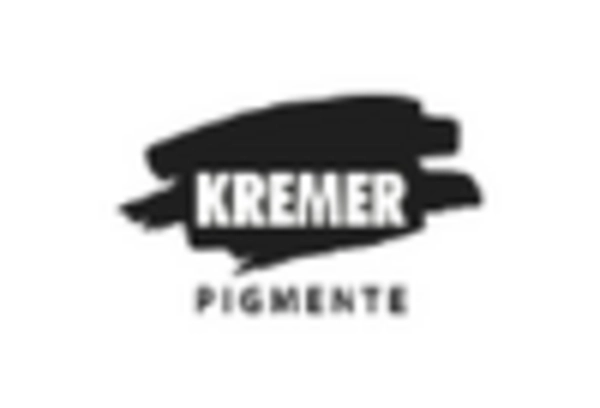
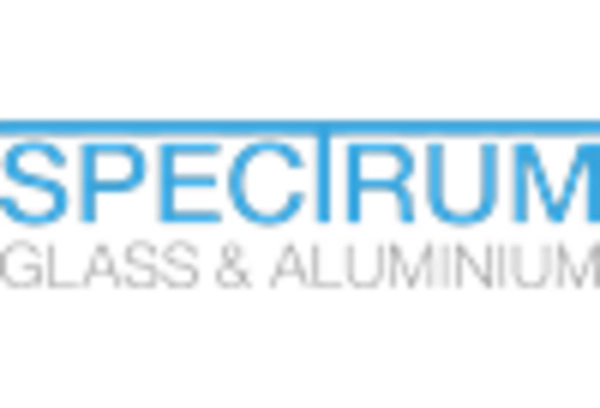
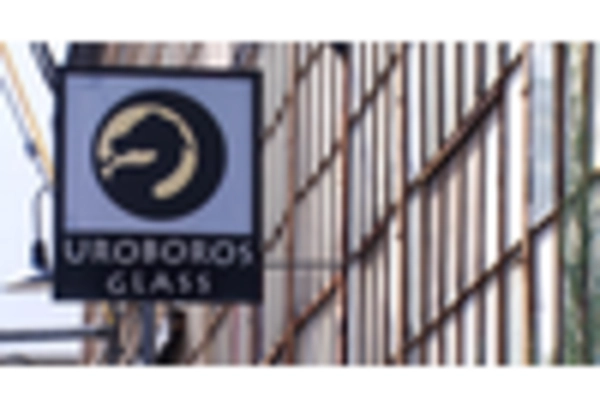









Leave a Comment